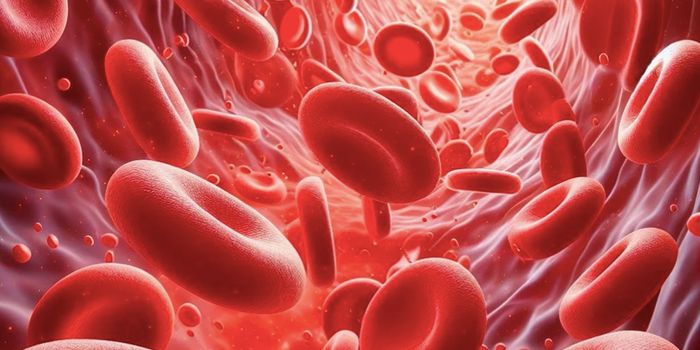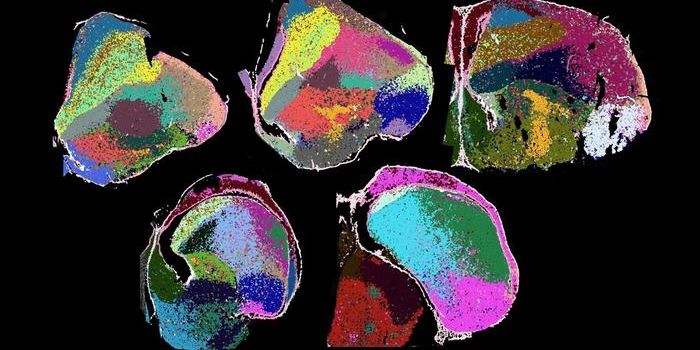A Switch That Lets Worms Toggle Between Sexes
People typically think of gender in binary terms, but in the natural world, there are many examples of sexual fluidity. (Sex describes the biological traits that are used to define a male and female of a species, while gender is a more complex social construct.) Some animals can shift behavioral or biological features or totally change sex in some cases. In new work, scientists using the common research model C. elegans, a nematode worm, have identified a molecular switch in brain cells that toggles sex states when required. The findings, which show that sex may not always be static and could be dynamic, have been reported in Current Biology.
C. elegans is a conveniently simple way to study the nervous system and other aspects of biology. It's the only animal for which we have a complete wiring diagram of the nervous system - a so-called connectome that can help illustrate how information is integrated at the biological level. There are two C. elegans sexes: hermaphrodites and males. The hermaphroditic worms can also self-fertilize or act as mates for males in a state that is considered to be a modified female. Only one gene, called TRA-1, controls which sex the worm is; when a developing worm carries two X chromosomes, the TRA-1 gene is activated and the worm become 'female,' while only one X chromosome leaves the gene off, and the worm becomes a male.
This study has shown that in males, TRA-1 is not completely inactivated. It can activate when it's needed. For example, males usually opt to seek a mate instead of look for food. After a while, it will start to shift towards being female if it hasn't eaten enough, which decreases the mate-seeking behavior, and the worm is free to eat. TRA-1 is important to make this change. Worms without TRA-1 will keep searching for a mate instead of looking for food.
"These findings indicate that, at the molecular level, sex isn't binary or static, but rather dynamic and flexible," said study author Douglas Portman, Ph.D., an associate professor in the University of Rochester Department of Biomedical Genetics and the Del Monte Institute for Neuroscience. "The new results suggest that aspects of the male nervous system might transiently take on a female 'state,' allowing male behavior to be flexible according to internal and external conditions."
Sources: AAAS/Eurekalert! via University of Rochester Medical Center, Current Biology









